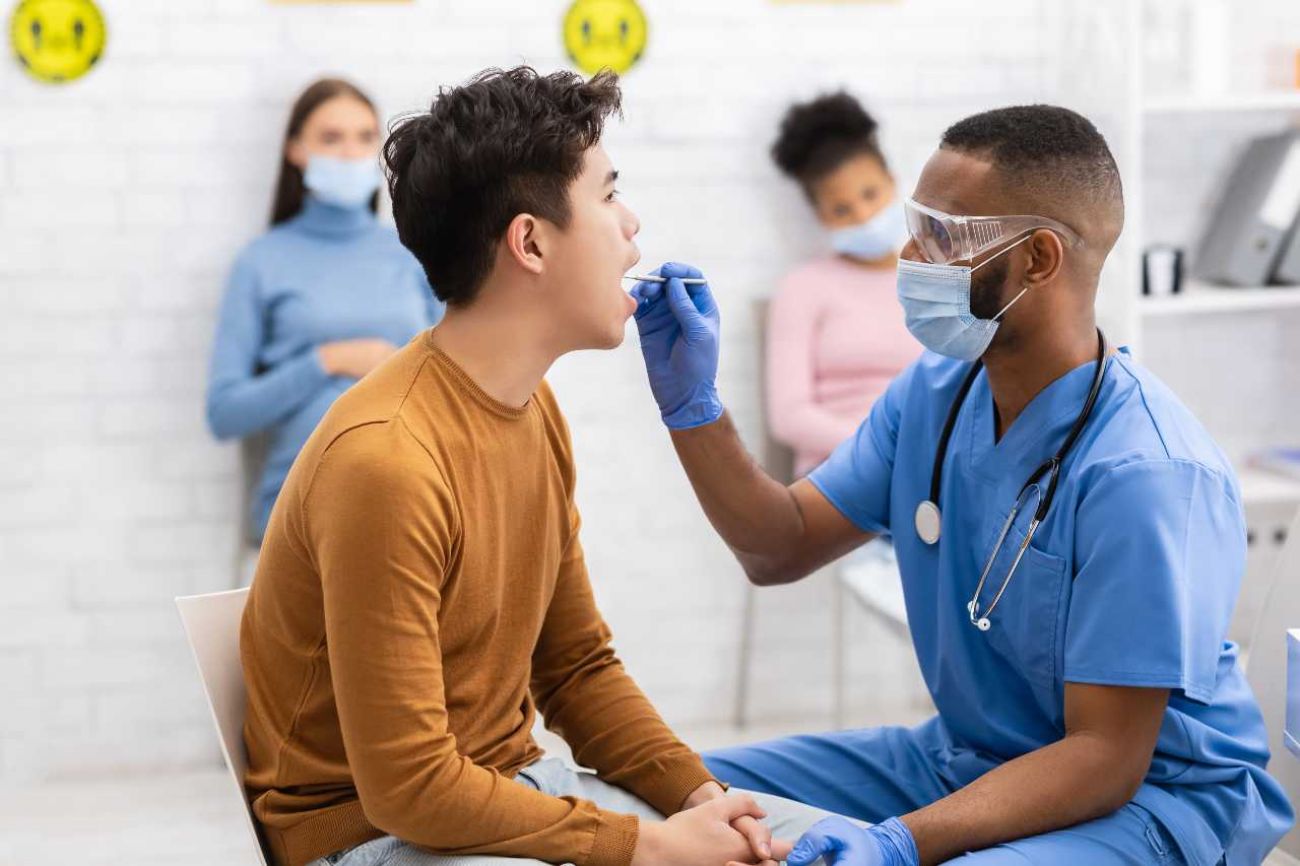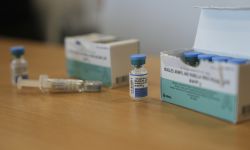As coronavirus spreads in Michigan, racial and age disparities shrink

The coronavirus is striking older Michigan residents disproportionately in the past few weeks, raising concerns that an increase in hospitalizations will worsen.
From mid-August through mid-September, younger residents — including college students — made up the lion’s share of new COVID-19 cases, some 60 percent of new cases.
- Michigan coronavirus unemployment, map, curve, COVID-19 updates
- Dashboard: Michigan coronavirus testing numbers, trends, COVID-19 data
- Once a state hotspot, Detroit has one of the lowest rates of coronavirus in Michigan
During that time, hospitalizations fell statewide. Now, hospitalizations have climbed to 876 on Wednesday from about 500 two weeks ago, as cases rise in the Upper Peninsula and across the central, southern and southwestern parts of the state.
That corresponds with a jump in the number of people over 50 who are contracting the virus.
In the four weeks preceding Sept. 22, an average of 1,500 new infections per week were reported among people 50 or older. In the last two weeks, there have been 2,135 and 2,652 new cases, one-third of new infections. In August, they comprised a quarter of cases.
“Any time we see a big rise among the vulnerable population … we’re going to be concerned,” said Ruthanne Sudderth, spokesperson for the Michigan Health and Hospital Association.
In Calhoun County, surrounding Battle Creek, health officials are watching with worry as cases among those 50 to 59 have climbed in recent weeks, along with an uptick in hospitalizations to 11 from five a few weeks ago, said Eric Pessell, the county’s health officer.
“If that continues I would assume our hospitalizations will increase and it’s something we’ll watch,” he said.
To be sure, the recent increase in hospitalizations is a far cry from the worst days of the pandemic in April, when Calhoun County had 28 patients hospitalized and Michigan had upward of 4,000 statewide.
The changes demonstrate that, more than seven months into the pandemic, the virus is changing and evolving.
In March and April, southeast Michigan and especially the city of Detroit were hardest hit and African Americans were disproportionately stricken. At one point, they comprised 40 percent of the state’s COVID-19 deaths, despite being 14 percent of the population.
Through Aug. 18, African Americans comprised 24 percent of cases and 40 percent of deaths. But since then, it’s 8 percent of cases and 22 percent of deaths.
Over that same period, white residents, 79 percent of the population, comprised 44 percent of cases and 53 percent of deaths. Since Aug. 18, the share is 68 percent of cases and 79 percent of deaths.
(The state listed the race as “unknown” in 18 percent of cases and 3 percent of deaths.)
The biggest driver of increased hospitalization is age, in part because older people have tended to have more of the comorbidities like diabetes, obesity and heart disease.
Since the pandemic began in March, over 7,100 people have died from COVID-19, making it the third leading cause of death this year.
But more telling is who’s dying: Over half of those deaths occurred among people over 77 years old.
That’s why an increase in cases among those over 50 worry health officials across the state, from southwest Michigan to the Upper Peninsula and most places in between.
Lynn Sutfin, a spokesperson for the Michigan Department of Health and Human Services, said the state is aware of rising cases across much of the state.
“We are carefully monitoring the case rates across the state and continue to strongly urge Michiganders to take the precautions we have available to us, wearing masks, social distancing, washing hands and staying home if they are ill,” she said in an email to Bridge Michigan.
In the Upper Peninsula, hospitalizations jumped in recent weeks, from single digits to about 30, but have held steady despite a rise in cases.
Even so, many residents aren’t following suggested safeguards such as wearing masks, said Michael Snyder, health officer for Delta and Menominee counties.
In the last two weeks, the counties have recorded 508 cases combined; nearly half of the 1,083 cases reported since March.
“Unfortunately, I have not seen a change in behavior because of the rising rates,” Snyder wrote in an email to Bridge.
“Many residents believe that the Supreme Court ruling now allows them to go about life as they did pre-COVID,” referring to last week’s ruling that invalidated Gov. Gretchen Whitmer’s executive orders on the virus since April 30.
See what new members are saying about why they donated to Bridge Michigan:
- “In order for this information to be accurate and unbiased it must be underwritten by its readers, not by special interests.” - Larry S.
- “Not many other media sources report on the topics Bridge does.” - Susan B.
- “Your journalism is outstanding and rare these days.” - Mark S.
If you want to ensure the future of nonpartisan, nonprofit Michigan journalism, please become a member today. You, too, will be asked why you donated and maybe we'll feature your quote next time!








